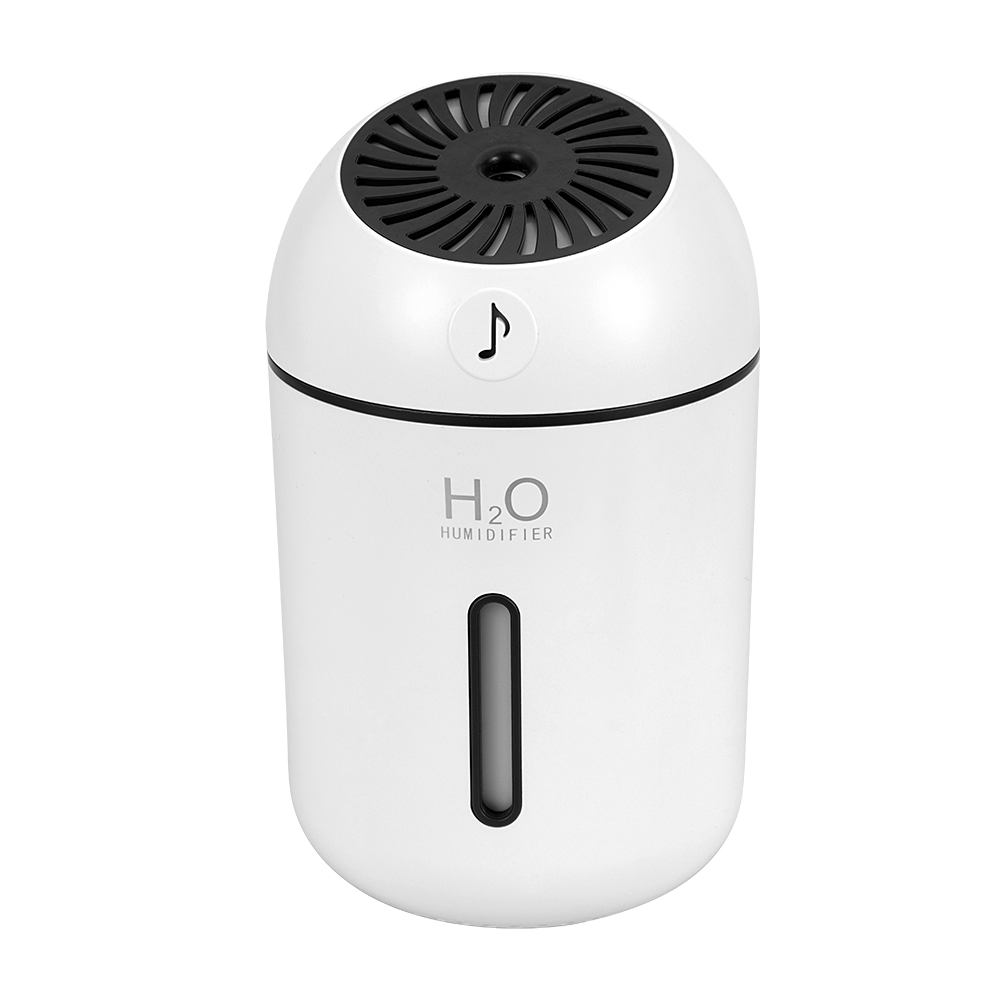CREATIVITY CHANGES YOUR LIFE
 Tel: +86 0755-84870739
Tel: +86 0755-84870739
 Email: info@nexhc.com
Email: info@nexhc.com
CREATIVITY CHANGES YOUR LIFE
 Tel: +86 0755-84870739
Tel: +86 0755-84870739
 Email: info@nexhc.com
Email: info@nexhc.com
Company news | Industry news | Exhibitions and events | Optimization dedicated | aromatherapy diffuser |
source:Optimization dedicated release time:2022-11-17 Hits: Popular:aromatherapy diffuser direct sales

1 Preface
With the further outstanding energy and environmental problems in the world, the superiority of dehumidification and cooling technology has been recognized and gradually developed. The runner humidifier is the key equipment in the dehumidification and cooling air conditioning technology. A comprehensive understanding of its performance is the basis for the correct selection and configuration of the dehumidification and cooling air conditioning system. Analyzing the factors that affect the performance of the runner humidifier mainly considers the runner body parameters and air parameters [1-3]. The optimization of the runner body parameters can be completed by the equipment manufacturer, providing corresponding data and charts to describe the full performance of its products, so as to facilitate users' selection; The air parameters are determined by the system design engineer, and are specifically applied to the actual project.
2 Impact of runner body parameters
The parameters of the runner body in the runner humidifier refer to the mass fraction of the hygroscopic agent, the thickness of the hygroscopic agent, the specific surface area of the hygroscopic agent, the particle size of the hygroscopic agent, the temperature of the hygroscopic agent, the speed of the runner, the sector angle of the regeneration area, etc. Some runner body parameters are determined by the properties of the hygroscopic agent. For example, the smaller the diameter of the hygroscopic agent particles is, the larger the gas-solid contact area is, and the internal diffusion distance of the hygroscopic agent is reduced, shortening the time of the regeneration phase; However, the smaller the particles are, the smaller the porosity between particles is, which increases the air flow penetration resistance. Some runner body parameters are determined by the shape of the dehumidification runner, for example, the placement mode of the moisture absorbent will affect the contact area.
Some runner body parameters are determined by the air flow during dehumidification and regeneration, such as the temperature of the hygroscopic agent. The higher the temperature of the hygroscopic agent during air treatment, the more conducive to increasing the pressure of water vapor on the surface of the hygroscopic agent, accelerating the evaporation of moisture in the hygroscopic agent, and reducing the viscosity of the solution inside the hygroscopic agent, which is conducive to the outward diffusion of water. However, during the regeneration process, the internal and external temperatures of the hygroscopic agent are not consistent, Generally, the surface temperature is higher than the internal temperature. Because the driving direction of the internal and external temperature difference and humidity difference is just opposite, the comprehensive result is to reduce the driving force of internal diffusion, which is unfavorable for desorption regeneration.
2.1 Effect of mass fraction of hygroscopic agent
The dehumidification runner is composed of non hygroscopic support materials and hygroscopic agent. The percentage of hygroscopic agent in the total mass is called hygroscopic agent mass fraction f. Some studies show that [3], under the same mass, the f value increases, the mass of the hygroscopic agent increases, the air humidity at the outlet of the humidifier decreases, the refrigeration capacity of the air conditioning system increases, and the COP value also increases. In the range of 0~0.6, the mass fraction of hygroscopic agent has the greatest influence on the dehumidification performance, and its influence capacity is greatly weakened when it exceeds 0.6. In practical applications, the f value is generally 0.8~0.85. In addition, reducing the proportion of metal support materials can also effectively reduce the total heat capacity of the dehumidification runner, which is conducive to improving the dehumidification performance of the runner system.
2.2 Impact of runner speed
The speed of the runner is also an important factor affecting its performance. The requirements for the speed of the total heat exchanger and the humidifier are different. The heat transfer effect can be enhanced by increasing the rotating speed, but the dehumidification effect will be reduced due to the insufficient regeneration of the desiccant due to the shorter residence time of the desiccant in the regeneration area; If the rotating speed is too low, the absorbent will stay in the dehumidification area for too long, which will cause the adsorbent in some areas near the regeneration area to lose the ability to continue dehumidification due to saturation, and also reduce the dehumidification effect; Therefore, considering the performance of the humidifier, it is a key step to select the appropriate speed. The rotating speed can be determined from the aspects of dehumidification capacity, refrigeration capacity and COP: dehumidification effect is best at 5 r/h, and COP of the system is highest at 10 r/h, so the rotating speed of the runner should be between 5 and 10 r/h [3,6-8].
Read recommendations:
Introduction of ultrasonic industrial humidifier.mini humidifier Manufacturing
NextAir conditioner cannot replace humidifier.usb humidifier manufacturer
Popular recommendation
H01 table fan Heater Fan
2021-09-14F13 Cooling Fan
2021-09-14A21 Aroma Diffuser
2021-09-14A2 aroma diffuser.essential diffuser
2021-09-14J21 Air Humidifier
2021-09-14What are the advantages of hotel fragrance?portable air purifier
2022-05-20Intelligent air purification optical plasma device.Air purifier
2021-12-23How to make a better purchase of usb humidifier
2021-11-24How much is the aromatherapy rental?
2022-05-25Air pollution endangers respiratory health
2021-11-20Does the humidifier emit radiation
2024-09-28Is using a humidifier at home harmful to the body?
2024-09-09How long does a dehumidifier usually run per day?
2024-09-09Humidifier classification
2024-08-24Humidifiers nourish daily life
2024-08-17Common classification methods for humidifiers
2024-08-10How to dehumidify with a dehumidifier
2024-07-22Working process of dehumidifier
2024-07-22High pressure micro fog humidifier for air conditioning unit
2024-07-13What are the possible reasons why humidifiers do not produce fog
2024-07-08Contact the following for inquiries regarding our services and products.
